I love to travel. I love the whole idea of soaking in new cultures, meeting people, trying out new delicacies and savoring the sights, sounds and smells of a land I am visiting. If I could do one thing, that would be to travel and live out of a suitcase for the rest of my life. I am a big foodie too. I love trying local delicacies when I am travelling, which invariable lands me at markets and eateries in every city I travel to.
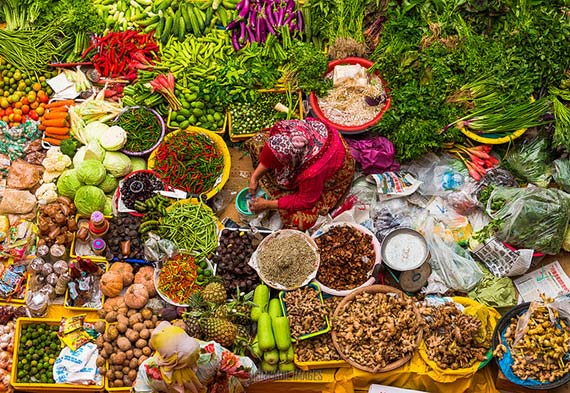
photo by naim fadil
Markets give me an indication of the food that I can expect at the local joints, but there’s more to it than just eating. Markets and street food stalls present the best opportunities to shoot authentic shot of local cuisines, as big restaurants are often skeptical about allowing guests to take pictures inside their premises. Street food stalls have no such inhibitions and most proprietors love being photographed in fact. This article covers the best cities for foody photogs that I have uncovered during my travels.
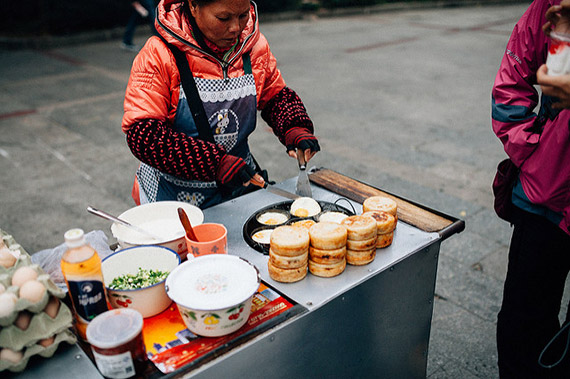
photo by Dave See
While street food joints don’t mind being photographed, you need to remember a few things when shooting them. First, light can be a major problem when shooting street food stalls. This is because they often use make-shift tarpaulin covers to avoid direct sunlight or dust and rain. This keeps their food dry, but it makes shooting problematic by limiting available light. A wide aperture lens is a must have in such conditions; kit lenses will not do. You’ll need something that can open up to f/1.8 or wider.
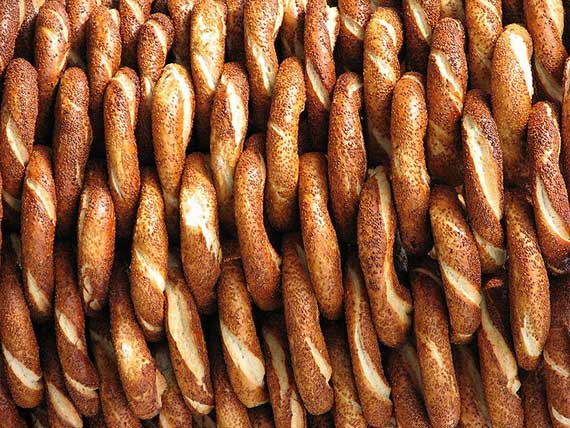
photo by if you love me
Plan your shoot in advance and know the operating hours of the stalls you are going to shoot. Don’t arrive too early or too late and know that the lunch and dinner rush hours can be perilous. Take a friend who speaks the local dialect or a local guide who can bail you out in case you get into trouble, always have a smile on your face, show appreciation of the food you are shooting and offer to show them the pictures you take. Hand signals work well and a thumbs-up or OK sign are universally recognized (though the thumbs up is considered offensive in some Middle Eastern cultures, so do your research first.)
Hong Kong
Hong Kong’s history brings with it a confluence of different food styles from all over the world. This is undoubtedly one of the most diverse cities in the world and probably the most diverse in the East. The street foods of the city reflect this diversity, and an evening spent rummaging through the street stalls of Hong Kong will reveal everything from rickshaw noodles, to deep fried squid to chili crab to the ubiquitous roasted goose. Don’t forget to wash it all down with a local beer. No matter what decide to eat, photographing your meal is an excellent way to savor your moments long after you are back home. Carry a camera that shoots great images in low light.
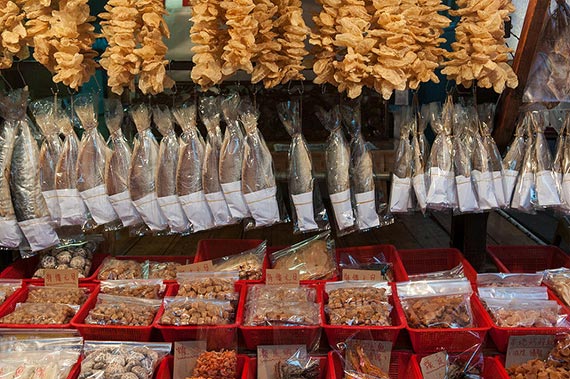
photo by Anna & Michal
Quick Tips: Don’t set your camera’s white balance to auto; set it to incandescent or tungsten depending on lighting instead. Above all, always shoot in RAW. Shoot with a small aperture as Hong Kong street food is always prepared fresh, right in front of you and you will have ample opportunities to photograph your meal while it’s still crawling or swimming around!
Bangkok
Bangkok’s night life is as legendary as its wide array of culinary choices. As a foodie and travel photographer, I find that Bangkok is a haven for both. People in Bangkok live to eat, and for the average working class citizen a three quick meals at street stalls throughout the day just isn’t enough, and they punctuate these mandatory meal times with short shots of snacks. With the full flavors of Thai food, who could resist?
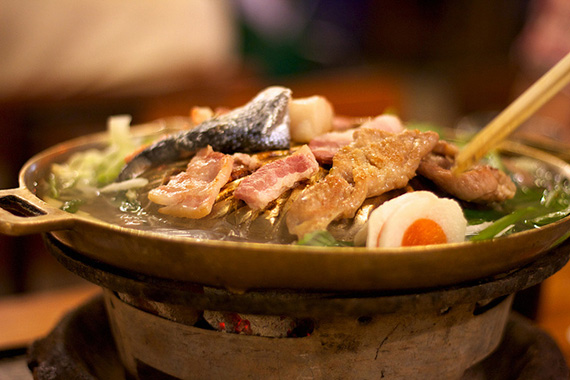
photo by Johan Fantenberg
Quick Tips: For shooting street food joints at Bangkok, you need quick lenses with wide angle focal lengths—35mm and 50mm primes are the best bet. These lenses are good for any street photography pursuit including shooting street food joints.
Hyderabad
This city is famous for its Biriyani and offers more biriyani joints and varieties of the dish than you’ll know what to do with. Hyderabad’s cuisine has strong influences Mughal with a unique Hyderabadi twist to them. While Hyderabad is also home to many of India’s jewelry traders, without its biriyani the city would be devoid of its main attraction.
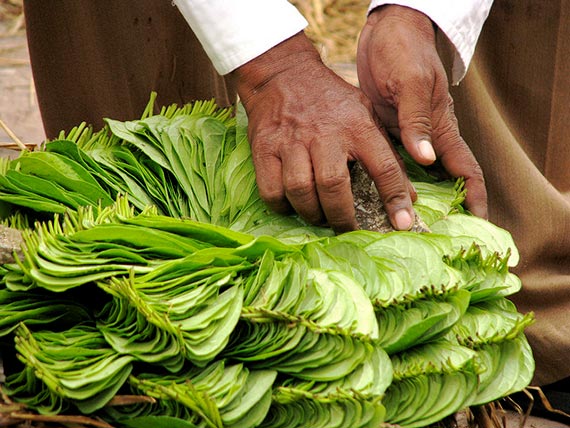
photo by McKay Savage
Quick Tips: Use a macro lens. Biriyani is always prepared in advance and served on demand. Thus, you will never get an opportunity to photograph the process of making it unless you are allowed into the kitchen. A macro lens will allow you to get close and capture a very low up-close angle. It will also crop out any distracting elements that may be around the plate or table. Carry a camera that has great high ISO performance.
Istanbul
Be it freshly baked Simit, or the Turkish take on Pizza called Lahmacun, or the delicious Midye Dolma, Istanbul is a haven for the die-hard foodie in you. This city’s myriad streets give way to bazaars that are dotted with small joints dolling out freshly prepared culinary delicacies.
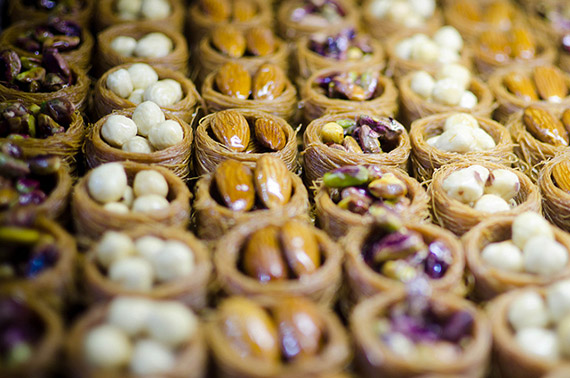
photo by Scott Dexter
Quick Tips: Istanbul’s bazaars and street food joints are mostly under roofs and lack the makeshift nature of those you will see in Thailand or India. This means that lighting is challenging and finding the correct white balance is not easy. Fast lenses are the order of the day, and be sure to dial in the correct white balance settings.
Do you have your own suggestions for a city that should be on the list? Go ahead and let us know in the comments.
About the Author:
Brandon King writes about cameras and photography at The Cam Critic.
Go to full article: Street Food Photography Quick Tips
What are your thoughts on this article? Join the discussion on Facebook
PictureCorrect subscribers can also learn more today with our #1 bestseller: The Photography Tutorial eBook
The post Street Food Photography Quick Tips appeared first on PictureCorrect.